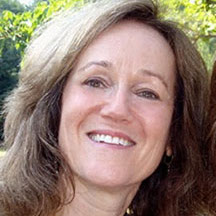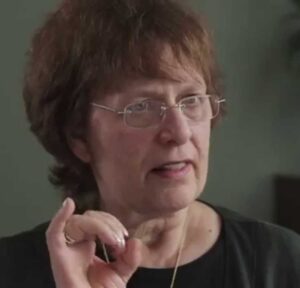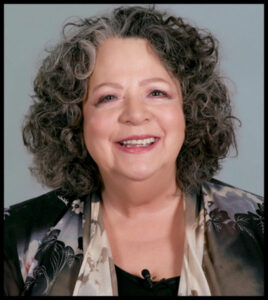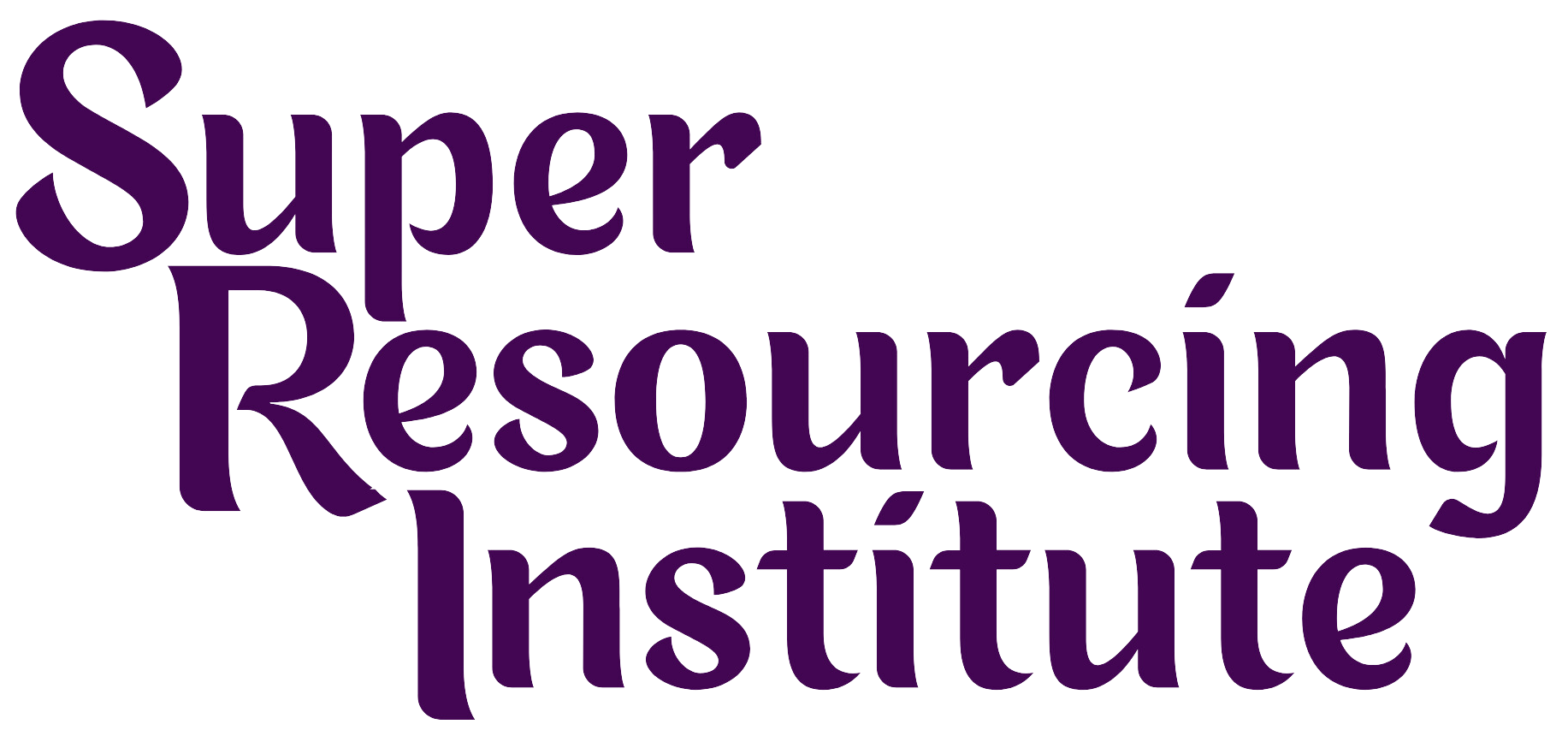Origins of Super Resourcing
 I value attribution and giving credit where credit is due. While Super Resourcing is a new strategy for healing attachment wounding, it occupies a place in the larger evolution of EMDR Resourcing. For each of the people whose work I cite, I’m only pointing to aspects of their work that apply to my development of Super Resourcing – in no way do these few comments represent the full scope of their work or the many contributions that these individuals have made to the greater EMDR community.
I value attribution and giving credit where credit is due. While Super Resourcing is a new strategy for healing attachment wounding, it occupies a place in the larger evolution of EMDR Resourcing. For each of the people whose work I cite, I’m only pointing to aspects of their work that apply to my development of Super Resourcing – in no way do these few comments represent the full scope of their work or the many contributions that these individuals have made to the greater EMDR community.
I also want to acknowledge my decades of clients who taught me what they needed and motivated me to find more effective ways to meet their needs. Additionally, I want to acknowledge my EMDR consultees; there was a period of several years during which I was first developing Super Resourcing, and as I taught it to them, they used it with their own clients and would report their findings back to me. Some of their experiences and insights proved to be invaluable, as they worked in many different settings and with varying populations. All of their input helped me to cast a wider net of feedback than I could have ever generated from just my private practice and experiences alone.
 Super Resourcing has its roots in the brilliant, groundbreaking work of Francine Shapiro, who developed EMDR in the late 1980s. EMDR was then a new contribution to the world of trauma healing, and it was exciting to take part in its formative years. Trainings were held in giant conference rooms in a hotel near the San Francisco airport as upwards of 300 people gathered in the same room to eagerly listen to Francine teach. The trainings included practice sessions, and typically there were 150 sessions happening simultaneously, often with just two feet in between each dyad. We worked on each other using distressing from our own lives. It was a time of great invention, as we all helped to build the bridge as we crossed it.
Super Resourcing has its roots in the brilliant, groundbreaking work of Francine Shapiro, who developed EMDR in the late 1980s. EMDR was then a new contribution to the world of trauma healing, and it was exciting to take part in its formative years. Trainings were held in giant conference rooms in a hotel near the San Francisco airport as upwards of 300 people gathered in the same room to eagerly listen to Francine teach. The trainings included practice sessions, and typically there were 150 sessions happening simultaneously, often with just two feet in between each dyad. We worked on each other using distressing from our own lives. It was a time of great invention, as we all helped to build the bridge as we crossed it.
I feel grateful for the opportunity to learn from Francine directly and to facilitate the trainings. She never used the phrase “attachment wounds” directly, but she implicitly addressed them. Francine understood that a safe place could be called upon if a client became dysregulated. She also introduced cognitive interweaves; she had observed that EMDR sessions would occasionally get bogged down, start looping, or become stuck. Sometimes, clients needed support to help maintain forward movement through their trauma, and cognitive interweaves – i.e., interventions – supported that forward movement. Francine also included the generation of a positive cognition at the end of the session with the intention of further decreasing the disturbance on the targeted trauma.
Super Resourcing was also informed by other EMDR clinicians. Landry Wildwind first expanded EMDR to address attachment issues directly in her work with highly fragmented clients. She brought more focus to the needs of distressed ego parts. Shirley Jean Schmidt expanded resource elements of EMDR beyond Francine’s Safe Place. She added Nurturing Protector and Wise figures, as well as the concept of combining them into a team. She also integrated Internal Family Systems to address distressed ego parts. Laurel Parnell coined the phrase, “Attachment-Focused EMDR,” modifying the protocol and adding a variety of potential interweaves designed to address distressed ego parts. Additionally, she developed a series of resourcing meditations in her book, Tapping In.
In my experience, no matter how many attachment features were added by these inspiring evolutions of EMDR, it was still a trauma modality, and consequently, it could not always address attachment wounds. In EMDR, the worst moment of what happened becomes the target for processing; what wounded part suffering from attachment wounds wants to come out in the middle of, for example, a rape? If it was bad the first time, why would it be better the second or third time it was recounted, or ever? Attachment wounded parts need an inviting, nurturing, and peaceful place where they can feel safe enough to come out and be seen, be heard, and get the help they need and deserve.
 In holding this question about the most effective way to address attachment wounds, the turning point for me was the work of Janina Fisher. She taught me how to shift the focus of the therapy from the trauma itself to the person who experienced the trauma, which provides direct healing to the part of the psyche holding the trauma. The consequence is a lowering of preoccupation with the trauma.
In holding this question about the most effective way to address attachment wounds, the turning point for me was the work of Janina Fisher. She taught me how to shift the focus of the therapy from the trauma itself to the person who experienced the trauma, which provides direct healing to the part of the psyche holding the trauma. The consequence is a lowering of preoccupation with the trauma.
I drew from all of these contributions and expanded Phase Two of EMDR and turned EMDR processing upside down. I utilized Francine’s brilliant principles, but instead of focusing on the trauma or the negative matrix, I used her conceptual underpinnings and technology for neurologically installing a positive matrix to create a corrective and friendly environment for distressed ego parts. This ensured that the process of healing from trauma didn’t have to be so traumatic. Therefore, Super Resourcing offers an invitation to wounded parts to come out of hiding and receive healing without having to walk the coals of the past. Fully resourced clients experience greater wellbeing, more optimism, and more reliable personal agency when facing the inevitable challenges that are an aspect of life.
Both clients and clinicians report positive results; they feel that Super Resourcing augments the healing of attachment wounds in a more humane and time-efficient manner.
